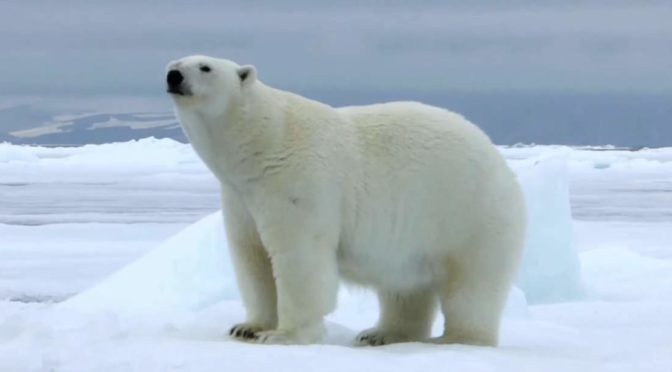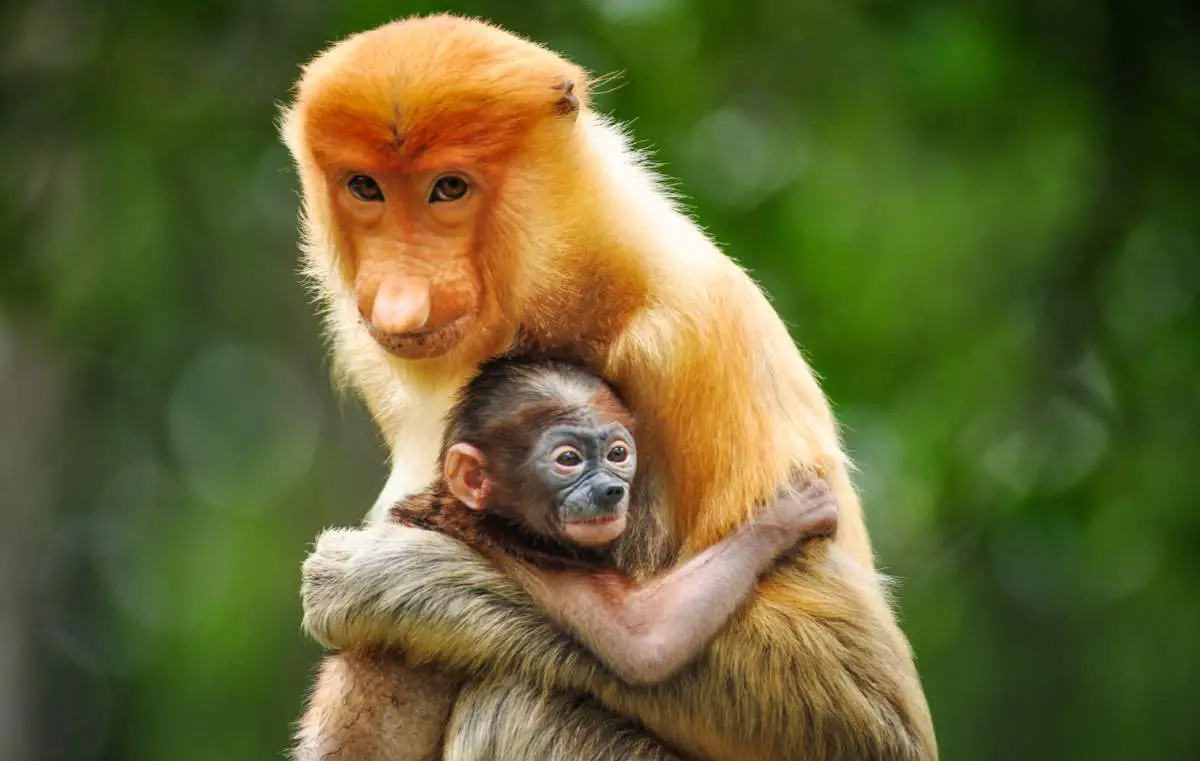In the past, there were five major extinction events (a widespread and rapid decrease in the biodiversity on Earth), and a lot of minor ones. Now, we are in the middle of the sixth one, called the “Holocene extinction event”. And the cause is… guess what? Humans.
According to the WWF’s (World Wildlife Fund) new Living Planet Report (2016), now we are in the middle of the biggest mass extinction on Earth, since the dinosaurs, which was around 65 million years ago. And the world is set to lose two-thirds of its wildlife by as close as 2020.
The situation is really, really bad. WWF published a declaration on their website titled “Urgent Action Needed” and said that:
Global biodiversity is declining at an alarming rate, putting the survival of other species and our own future at risk. The latest edition of WWF’s Living Planet Report brings home the enormity of the situation – and how we can start to put it right. The Living Planet Index reveals that global populations of fish, birds, mammals, amphibians, and reptiles declined by 58 percent between 1970 and 2012. We could witness a two-thirds decline in the half-century from 1970 to 2020 – unless we act now to reform our food and energy systems and meet global commitments on addressing climate change, protecting biodiversity, and supporting sustainable development.
— WWF
You can see the full WWF Living Planet Report 2016 by clicking here. They also published a short summary.
Major Extinction Events
- Ordovician-Silurian extinction events (450-440 Ma (see notes 1): 60% to 70% of all species were gone. Possible causes: global cooling and sea-level drop; and/or a Gamma-ray burst.
- Late Devonian extinction (375-360 Ma): The second-largest extinction in Earth’s history. At least 70% of all species were gone. Possible causes: bolide impact, plant evolution, and its effects on weather and CO2 levels, or magmatism (see notes 2).
- Permian-Triassic extinction event (252 Ma): The biggest extinction event ever, 90% to 96% of all species were gone. Possible causes: bolide impact, volcanism, methane hydrate gasification, widespread ocean anoxia (severe deficiency of oxygen), and euxinia (presence of hydrogen sulfide), the formation of Pangaea, microbes.
- Triassic-Jurassic extinction event (201.3 Ma): 70% to 75% of all species became extinct. Dinosaurs‘ age begins – most non-dinosaurian archosaurs, most therapsids, and most of the large amphibians were eliminated, leaving dinosaurs with little terrestrial competition. Possible causes: bolide impact, Gradual climate change, sea-level fluctuations or a pulse of oceanic acidification, massive volcanic eruptions.
- Cretaceous-Paleogene extinction event (66 Ma): 75% of all species, including dinosaurs (except avian dinosaurs) became extinct. Possible cause: bolide impact (Chicxulub impactor).
- Holocene extinction event (c. 10,000 BCE – Ongoing): two-thirds of the world’s wildlife will be extinct by 2020. Cause: humans.

Notes
- Traditionally, geologists have used different abbreviations for ages (time before the present) and duration (amount of time elapsing between two different events). Ages are abbreviated from Latin: Ga (giga-annum) is a billion years, Ma (mega-annum) is a million years, and ka (kilo-annum) is a thousand years.
- Magmatism is the emplacement of magma within and at the surface of the outer layers of a terrestrial planet, which solidifies as igneous rocks. Volcanism is the surface expression of magmatism.
Sources
- Extinction Event on Wikipedia
- How should geologists abbreviate time? on scienceblogs.com
- Magmatism on Wikipedia
- Moon Landings: All-Time List [1966-2025] - February 2, 2025
- What Is Max-Q and Why Is It Important During Rocket Launches? - January 16, 2025
- Top 10 Tallest Rockets Ever Launched [2025 Update] - January 16, 2025


